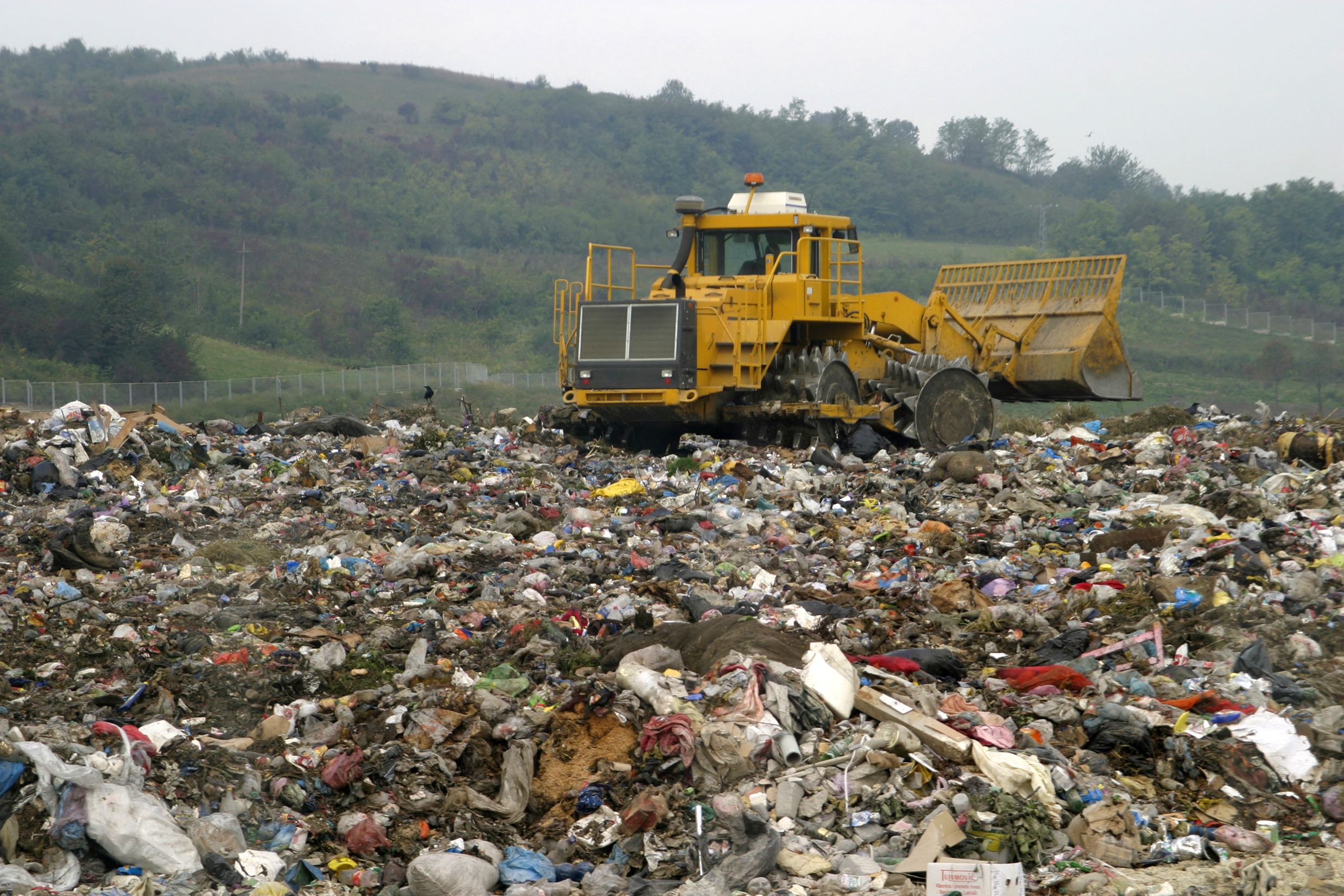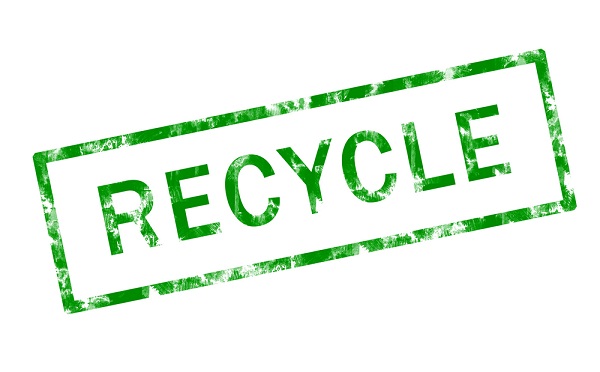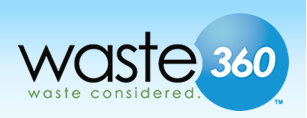I recently ran across a quote by G. K. Chesterton, “It isn’t that they can’t see the solution. It is that they can’t see the problem.” This quote is a powerful reality and sums up the environmental issue that our planet faces when it comes to plastic pollution. It got me thinking and I thought I’d write a blog about it.
There is no doubt that the global population is rapidly growing and will continue to do so. We have exceeded 7 billion humans on this planet. The planet we live on is a closed system, meaning that the amount of natural resources we have available to sustain our needs and wants will not change. We can certainly take resources and change their form, but the overall fundamental is that as the population grows we will continue to place a greater burden on the environment to mine, process, develop and use resources to sustain the global needs.
In today’s global perspective, developed countries do not see the massive problem that is being created from the way we are currently using plastics. We live in an environment where the convenience of placing items in a black, blue or green bin and having that material go away makes the problem much less visible.
In underdeveloped countries where the global population is the largest, the problem is much more prevalent and problematic, as they don’t have the resources available to discard their plastic garbage or recycle. People living in those conditions are faced with the problem on a daily basis with plastic litter being a serious problem. Litter at this level blocks water ways, increases illness, kills wildlife, destroys the landscape and this material is not going away anytime in the next hundred years.
There is a sad irony to today’s situation in that the largest concentration of human populations are in underdeveloped countries. Both China and India each have a population of over 1.2 billion people. Both of these countries have poor infrastructure to handle waste and almost no recycling. The United States falls way behind in total population with just over 300 million people.
The irony is that the 300+ million people in the United States consume the planet resources at a rate of over four times the rest of the world! So we are consuming at a level that far exceeds the rest of the world, but with our developed infrastructures we become blind to the problem. Sure, we have recycling, biodegradable and compostable solutions but the truth is the development of our infrastructures makes it convenient for us to see the solution, but not the problem, and therefore we take our time with implementing solutions that will matter most.
The big question lingers in everyone’s mind of What’s going to happen when these underdeveloped nations begin consuming at the level we are currently consuming at? Both China and India are increasing their middle class and that results in more and more people wanting the “convenient and finer things in life”. Considering the fact that the population in the US is only a fraction of the global population, when these underdeveloped nations reach a point where their citizens are consuming a fraction of what we currently do; the planet and its inhabitants are in for serious problems.
It makes sense for brands, manufacturers, retailers, and consumers to get involved in solving this problem. The truth is that consumers will not be able to solve this problem on their own. The biggest opportunity to addressing this issue and making the most impact is within the industry. We are the biggest consumers of resources and control the greatest deal of the problem from sourcing to end-of-life. ENSO Plastics is an environmental company and brings to the table renewable, landfill biodegradable, compostable (home and industrial), marine degradable and products with lower carbon footprints so that industry can take control and reduce its impact on the environment.
The team here at ENSO is dedicated to helping brands, manufacturers and businesses solve the plastics pollution issue facing the world. We would love the opportunity to sit at the table and be a part of the conversation of how your company can take control of the plastic materials being used and implement solutions that make sense and will have the most impact. ENSO Plastics has a proven track record and we ask that you just give us the chance to show you what can be done.



